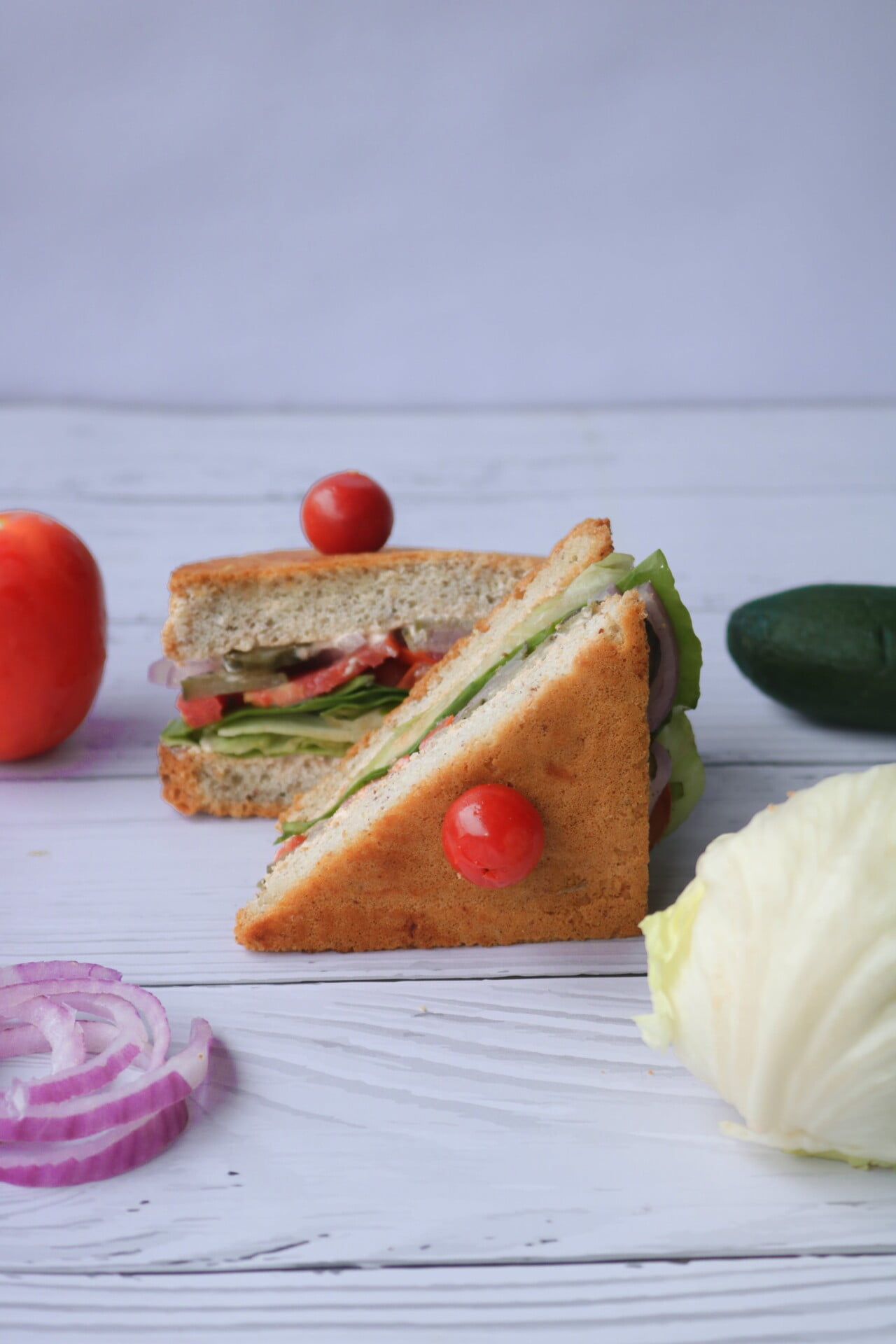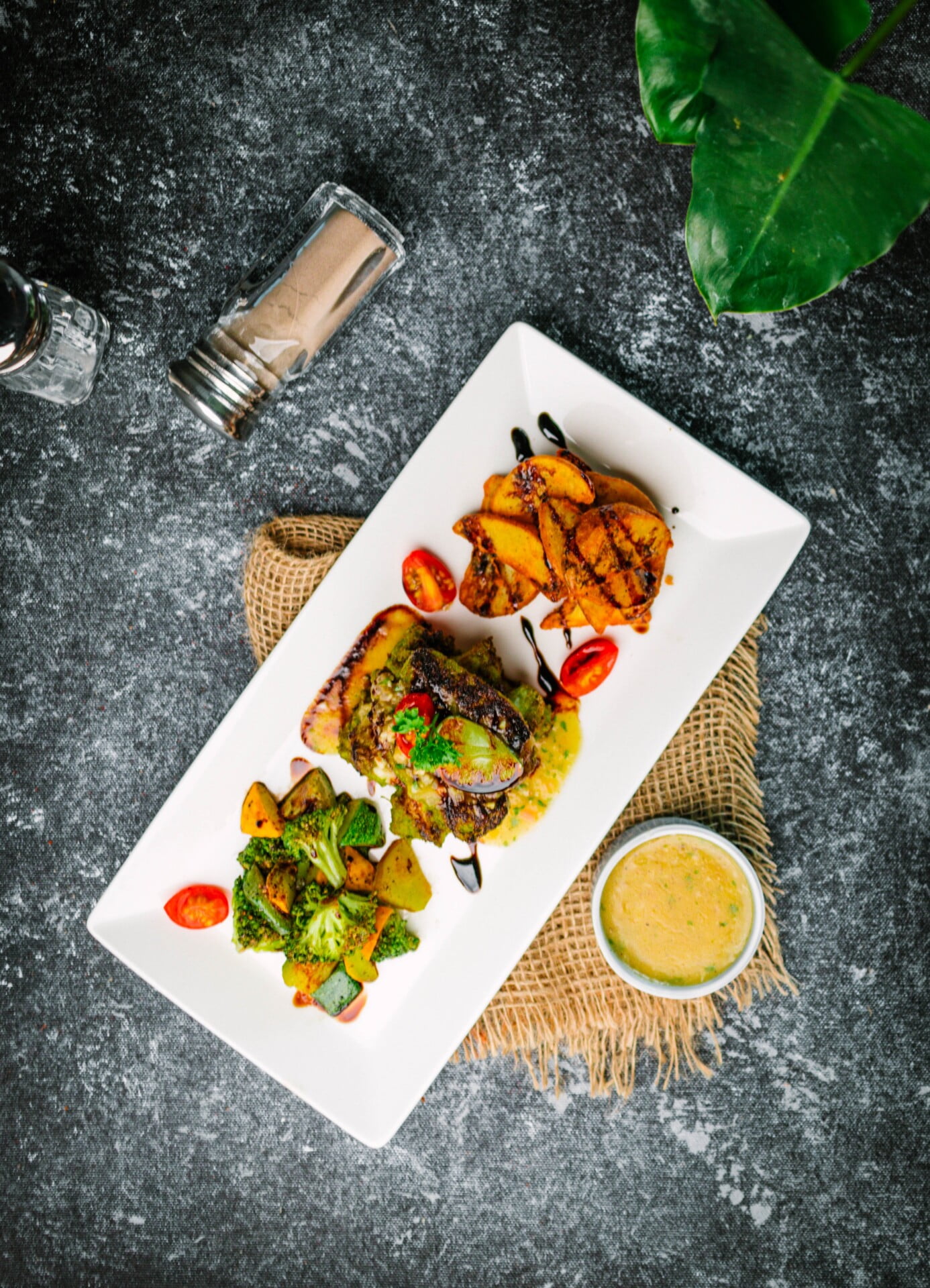Are you a city dweller with limited outdoor space but a passion for gardening? Look no further than a shaded rooftop garden! While rooftop gardens are a fantastic way to enjoy the benefits of gardening in an urban environment, it’s important to choose the right vegetables that can thrive in partial sunlight. In this article, we will explore the best vegetables to grow in a shaded rooftop garden, so you can turn your rooftop into a lush oasis of greenery and enjoy a bountiful harvest in a limited space. Get ready to discover the perfect vegetables that will thrive despite the challenges of shade!

Choosing the Right Vegetables
Consideration for Shade
When selecting vegetables for your shaded rooftop garden, it’s important to consider their tolerance to shade. Some vegetables, such as lettuce and spinach, thrive in partial shade, while others require full sun. Take into account the amount of sunlight your rooftop receives throughout the day and choose vegetables accordingly.
Container Size
Since you’ll be gardening in containers on your rooftop, it’s important to choose the right size. Consider the mature size of the vegetables you want to grow and select containers that will provide enough space for their roots to grow. Larger vegetables, like tomatoes and cucumbers, will require bigger containers, while smaller herbs and greens can be grown in smaller pots.
Growing Conditions
Each vegetable has its own set of growing conditions, including soil pH, moisture requirements, and temperature preferences. Take these factors into account when selecting vegetables for your rooftop garden. Consider the amount of water your plants will need and ensure that your containers have adequate drainage to prevent waterlogged roots.
Climate Compatibility
The climate in which you live plays a significant role in determining which vegetables will thrive in your rooftop garden. Some vegetables, like tomatoes and beans, prefer warm climates, while others, such as peas and lettuce, can tolerate cooler temperatures. Consider your local climate and ensure that the vegetables you choose are suitable for your region.
Leafy Greens
Lettuce
Lettuce is a popular choice for rooftop gardens due to its ability to thrive in partial shade. It comes in a variety of colors and leaf shapes, allowing you to add visual interest to your garden. Lettuce is also a fast-growing vegetable, which means you can enjoy fresh salads in no time.
Spinach
Spinach is another leafy green that can tolerate shade. It’s packed with nutrients and is a great addition to salads, smoothies, and cooked dishes. Spinach leaves can be harvested continuously, making it a rewarding vegetable to grow in your rooftop garden.
Kale
Kale is a nutrient-dense vegetable that can tolerate partial shade. It comes in various varieties, including curly and dinosaur kale, and adds texture and flavor to salads, soups, and stir-fries. Kale is known for its hardiness and can withstand cooler temperatures, making it a great choice for year-round rooftop gardening.
Arugula
Arugula is a leafy green with a peppery flavor that thrives in partial shade. It grows quickly and can be harvested when the leaves are young for a tender and flavorful addition to salads. Arugula is also a versatile vegetable that can be used in sandwiches, pasta dishes, and as a pizza topping.
Root Vegetables
Radishes
Radishes are root vegetables that can be grown in containers on your rooftop. They have a relatively short growing season, making them a great choice for beginners or those looking for a quick harvest. Radishes thrive in cooler temperatures and can tolerate partial shade.
Carrots
Carrots can be grown in containers with deep soil, making them suitable for rooftop gardens. They require full sun but can tolerate some shade. Carrots are a versatile vegetable that can be enjoyed raw, cooked, or juiced. With a variety of colors and flavors to choose from, they add visual interest to your garden and meals.
Herbs
Mint
Mint is a popular herb that can be grown in containers on your rooftop. It thrives in partial shade and adds a refreshing flavor to drinks, desserts, and savory dishes. Mint is known for its ability to spread quickly, so it’s best to grow it in a container to prevent it from taking over your garden.
Chives
Chives are versatile herbs that can be grown in partial shade. They have a mild onion flavor and can be used in a variety of dishes, including salads, soups, and omelets. Chives also produce attractive purple flowers that can be used as an edible garnish.
Parsley
Parsley is a herb that can tolerate partial shade. It adds a fresh and bright flavor to dishes and is a staple in many cuisines. Parsley can be harvested continuously by picking the outer leaves, allowing for a continuous supply of fresh herbs in your kitchen.
Cilantro
Cilantro, also known as coriander, is an herb that can be grown in partial shade. It provides a distinct and fresh flavor to dishes, particularly in Mexican and Asian cuisines. Cilantro leaves can be harvested as needed, and the seeds can be harvested to use as coriander spice.

Microgreens
Sprouts
Sprouts are young, tender plants that can be grown in containers on your rooftop. They are harvested when they have developed their first true leaves, usually within a week or two. Sprouts are easy to grow and provide a concentrated source of nutrients.
Broccoli
Broccoli microgreens are packed with nutrients and can be grown in containers on your rooftop. They have a mild and slightly peppery flavor that adds a unique twist to salads, sandwiches, and stir-fries. Broccoli microgreens are easy to grow and can be harvested when they reach a desired height.
Kale
Kale microgreens are small versions of the leafy green that can be grown in containers. They are packed with nutrients and have a mild, slightly bitter flavor. Kale microgreens can be added to salads, smoothies, and sandwiches for an extra dose of vitamins and minerals.
Mustard
Mustard microgreens have a tangy and peppery flavor that adds a kick to salads, sandwiches, and Asian dishes. They are easy to grow in containers and can be harvested when they develop their first true leaves. Mustard microgreens are rich in vitamins A, C, and K.
Vine Crops
Tomatoes
Tomatoes are a popular choice for rooftop gardens as they can be grown in containers and trellised for support. They require full sun to thrive but can tolerate some shade. Tomatoes come in a variety of sizes and flavors, allowing you to grow your favorite varieties in your rooftop garden.
Cucumbers
Cucumbers are vine crops that can be grown in containers on your rooftop. They require full sun but can tolerate some shade. Cucumbers are refreshing and crunchy and can be used in salads, sandwiches, and pickling. They can be trellised for vertical growth to save space.
Beans
Beans, such as green beans and snap peas, can be grown in containers on your rooftop. They require full sun to produce a bountiful harvest but can tolerate some shade. Beans are easy to grow and can be eaten fresh or cooked. They also enrich the soil with nitrogen, making them beneficial for your rooftop garden.

Shade-Tolerant Vegetables
Swiss Chard
Swiss chard is a leafy green that can tolerate partial shade. It has colorful stems and large, tender leaves. Swiss chard adds visual interest to your rooftop garden and can be steamed, sautéed, or added to salads and soups.
Peas
Peas are cool-weather vegetables that can tolerate shade. They can be grown in containers and provide a delicious harvest of sweet and tender peas. Peas can be eaten fresh, added to salads, or cooked in stir-fries and stews.
Beets
Beets are root vegetables that can be grown in partial shade. They have sweet and earthy flavors and add vibrant colors to your garden and meals. Both the leaves and roots of beets are edible, making them a versatile vegetable to grow on your rooftop.
Lettuce
Lettuce, mentioned earlier, is a shade-tolerant vegetable that can be grown in containers. It comes in a variety of colors and leaf shapes and provides a continuous supply of fresh greens for salads and sandwiches.
Edible Flowers
Nasturtiums
Nasturtiums are edible flowers that can be grown in containers on your rooftop. They have vibrant colors and a peppery flavor, making them a decorative and tasty addition to salads, sandwiches, and desserts. Nasturtiums are easy to grow and attract pollinators to your garden.
Calendula
Calendula, also known as pot marigold, is an edible flower that can be grown in partial shade. It has bright orange or yellow petals and a mild, tangy flavor. Calendula adds a pop of color to salads, soups, and desserts, and can also be dried for use in teas and infusions.
Violas
Violas are small flowers with delicate petals that can be grown in containers on your rooftop. They come in a variety of colors and have a mild, slightly sweet flavor. Violas are often used as a decorative edible garnish on salads, cakes, and desserts.
Container Gardening
Choosing the Right Containers
When it comes to container gardening, choosing the right containers is crucial. Ensure that your containers have drainage holes to prevent waterlogging. Consider the mature size of the vegetables you want to grow and choose containers that will provide enough space for their roots to grow.
Soil Mix and Drainage
Using a well-draining soil mix is essential for successful container gardening. Consider a mix that provides good aeration and moisture retention. You can also add organic matter, such as compost or aged manure, to enrich the soil and provide nutrients for your plants.
Watering and Fertilizing
Container-grown vegetables require regular watering, especially during hot and dry periods. Use a moisture meter or check the soil moisture with your finger to determine when to water. Fertilize your plants regularly with a balanced fertilizer to ensure they receive the necessary nutrients for healthy growth.
Care and Maintenance
Regular Watering
Proper watering is essential for the health of your rooftop garden. Check the moisture level of the soil regularly and water as needed. Aim to keep the soil evenly moist, but not waterlogged, to prevent root rot. Water your plants in the morning or evening to reduce evaporation and water stress.
Mulching
Mulching your rooftop garden helps conserve moisture and suppresses weed growth. Use organic materials, such as straw or wood chips, to create a layer of mulch around your plants. Mulching also helps regulate soil temperature, keeping the roots cool during hot weather and insulating them during cooler periods.
Pest Control
Pests can be a challenge in any garden, including rooftop gardens. Regularly inspect your plants for signs of pests and take appropriate action, such as handpicking or using organic pest control methods. Encouraging beneficial insects, such as ladybugs and lacewings, can also help keep pest populations in check.
By considering shade tolerance, container size, growing conditions, and climate compatibility, you can choose the right vegetables for your shaded rooftop garden. Whether you opt for leafy greens, root vegetables, herbs, microgreens, vine crops, shade-tolerant vegetables, or edible flowers, proper care and maintenance, including regular watering, mulching, and pest control, will ensure a thriving rooftop garden that yields a bountiful harvest of fresh and delicious vegetables. Happy gardening!
